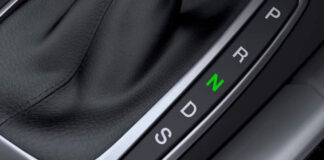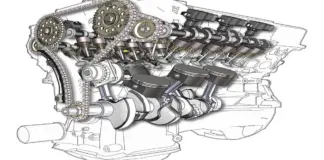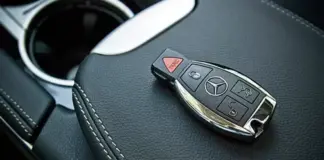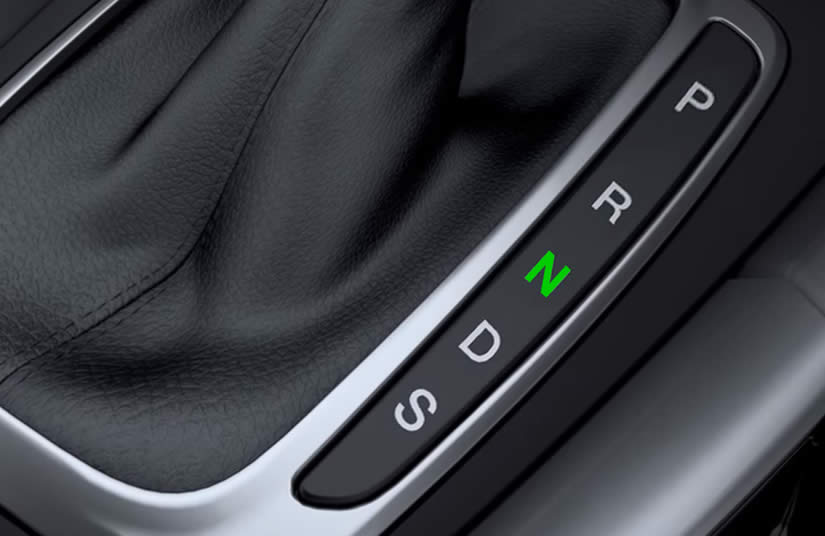Many car owners overlook the neutral safety switch when maintaining their vehicles. Some may not even be aware of its existence. If you’re unfamiliar with the neutral safety switch, you might wonder whether it has a fuse. Today, we’ll clarify this for you.
SEE ALSO: Mercedes Won’t Start: Easy Fixes for Ignition Issues
What is a Neutral Safety Switch?
To start your car, it must be in either park or neutral. Most drivers start their vehicles in the park. Both automatic and manual transmissions are equipped with a safety feature that prevents the engine from starting unless the gear is in park or neutral.
This safety feature is called the neutral safety switch. It has been a standard component in vehicles since the 1950s and, since the 1980s, has been included in all automatic transmissions.
In automatic transmissions, the neutral safety switch is located inside the transmission. For manual transmissions, it’s positioned on the clutch pedal, allowing the car to start only when the pedal is fully pressed.
A worn-out or misaligned neutral safety switch is a frequent issue that can affect your vehicle’s performance.
Signs of a Faulty Neutral Safety Switch
Several factors can cause a neutral safety switch to malfunction. Below are some of the most common symptoms to watch for.
Engine Won’t Crank in Park
When your vehicle is in the park and you turn the ignition key, the engine should start. If it doesn’t, the neutral safety switch might be faulty. However, this could also indicate a problem with the starter motor or battery.
SEE ALSO: Mercedes-Benz Starting Issues: Causes and Troubleshooting
Engine Won’t Crank in Neutral
Sometimes, a car will start in park but not in neutral. This is often a sign of a defective neutral safety switch. Alternatively, it could be due to an electrical issue preventing power from reaching the switch or a loose switch inside the transmission.
Cranks in Any Gear
Your car should never start in any gear other than park or neutral. If it does, this is a dangerous issue, as it could lead to the vehicle starting while in motion, potentially causing a serious accident.
No Crank in the Park or Neutral
If your car fails to start in both park and neutral, the neutral safety switch is likely malfunctioning. This prevents the starter motor from receiving power, as the switch controls this function.
Backup Lights Not Working
A faulty neutral safety switch may prevent your backup lights from turning on when you shift into reverse.
Does the Neutral Safety Switch Have a Fuse?
When a car experiences issues, replacing a fuse can often resolve the problem. Fuses power components like the radio and cigarette lighter, among other vehicle systems.
These fuses safeguard your vehicle’s electrical components from power surges. Each fuse has a specific amperage rating and comes in various sizes and colors.
Using the correct fuse size is critical, as excessive power can lead to further electrical or circuit problems. It’s normal for a fuse to blow occasionally, but once it does, it must be replaced, as fuses are single-use components.
Both automatic and manual transmissions’ neutral safety switches are equipped with a fuse.
How to Check a Neutral Safety Switch
If you’re experiencing issues, you may need to adjust the neutral safety switch. However, it’s best to test it first to confirm the problem.
For an automatic transmission, follow these steps to test the neutral safety switch:
- Keep the brake pedal pressed throughout the entire test.
- Turn the ignition key as if starting the car and hold it in this position for the test.
- Shift through all gear positions using the selector.
- If the car starts in any gear other than park or neutral, the neutral safety switch likely needs adjustment.
- If the car only starts in neutral, the switch may need to be replaced.
If the car doesn’t start, keep the shifter in park or neutral. Turn the key as if starting, then gently move the shifter without leaving the park or neutral.
If it still won’t start, try holding the shifter in park and attempting to start the car again. If it fails, you may need to adjust the neutral safety switch.
To test the neutral safety switch on a manual transmission, follow these steps:
- Disconnect the electrical connector.
- If the connector has two wires, use a jumper wire to connect both terminals.
- For a single-wire connector, connect the terminal to a reliable ground using a jumper wire.
- Shift to neutral and attempt to start the car.
If the engine starts, you may need to adjust or replace the switch. If it doesn’t start, the issue could lie in the starting circuit or one of its components.
Don’t Miss: Dodge RAM 1500 Won’t Start? Common Causes and Fixes
In Conclusion
The neutral safety switch is essential for starting both automatic and manual vehicles. It’s not uncommon for this component to require replacement. In some cases, a blown fuse might be the culprit.
If a fuse is the issue, simply replace it to resolve the problem. If the switch itself is faulty and you’re unsure how to fix it, consult a professional mechanic for assistance.







